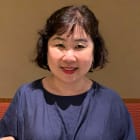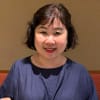Breast lumps, mammograms, mastectomy: 13 questions about breast cancer from Singapore women aged 20 to 70
You’re in your twenties, so that breast lump should be benign… right? You just had a mammogram, but now feel a breast lump – could it be cancer? Why does it seem that more women in their thirties are getting breast cancer? CNA Women asked a breast surgeon to answer these questions and more.
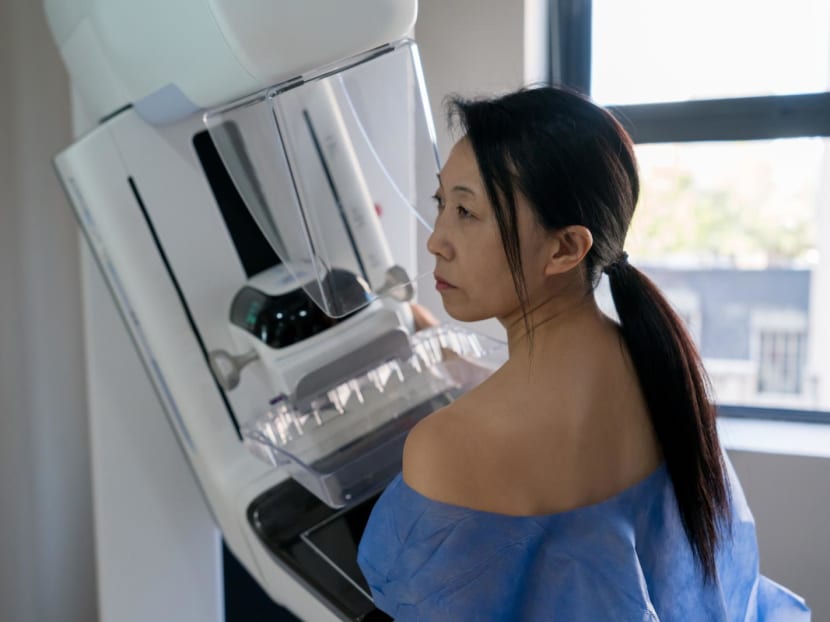
The best way to prevent breast cancer is early detection via breast self-examinations, mammograms and breast ultrasounds. (Photo: iStock/andresr)
Every year, over 2,000 women in Singapore receive the dreadful news that they have breast cancer. The most commonly occurring cancer among women here, statistics from the Singapore Cancer Registry Annual Report 2018 show that one in 13 women will get breast cancer in their lifetime. Every year, over 400 women die from breast cancer.
According to the Singapore Cancer Society, breast cancer usually originates from the cells lining the milk ducts and glands. The good news is when it is detected at this non-invasive or in-situ stage, treatment is easier and patients have a higher chance of recovery.
Treating breast cancer gets trickier when cancer cells invade the surrounding tissue, gaining entry into the circulatory and lymphatic system, and to other organs in the body, forming metastatic tumours.
The best way to prevent breast cancer: Early detection via breast self-examinations, mammograms and breast ultrasounds. Dr Jesse Hu, a breast and endocrine surgeon at Mount Alvernia Hospital, answers these questions about breast cancer from women in their twenties through seventies.
WOMEN IN THEIR TWENTIES
Q: AT WHAT AGE SHOULD I START SCREENING FOR BREAST CANCER AND WHAT SHOULD I DO?
“Every woman should start screening from the age of 20 by performing monthly breast self-examination (BSE),” said Dr Hu.
The best time to do BSE is seven to 10 days from the first day of your period, she said.
Check out this resource from Breast Cancer Foundation and learn to do BSE properly. Or, the next time you visit your general practitioner or gynaecologist, ask for a live demonstration.
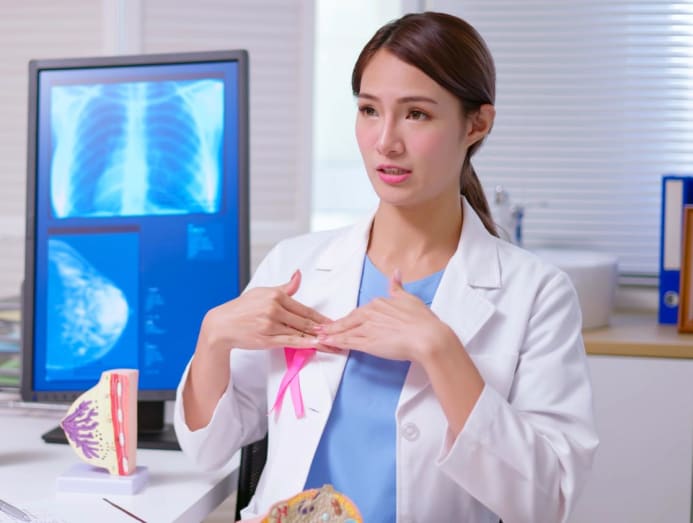
What about mammograms? According to the Singapore Cancer Society, mammograms are not recommended for women under 40. From age 40 to 49, get one every year. From 50 and above, screen once every two years unless your doctor advises otherwise.
Q: I HAVE DENSE BREASTS AND FIND IT HARD TO FEEL LUMPS WHEN DOING BSE, ARE THERE OTHER WAYS TO SCREEN FOR BREAST CHANGES?
Dr Hu said there are two reasons why regular breast self-examination is important for young women. “The aim of BSE is not only to pick up lumps, but rather, to know how one’s breasts look and feel like. This is so that one is able to pick up any changes early.”
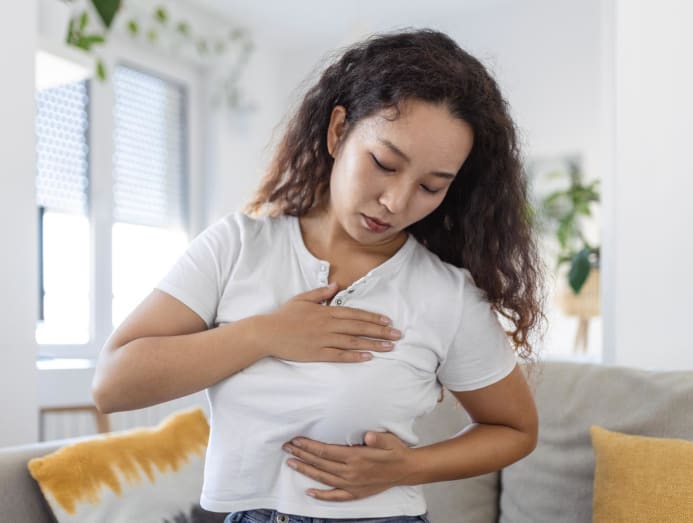
The risk of developing breast cancer in this group is generally low, hence, only monthly BSE after 20, is recommended, she said.
Q: I AM TOO YOUNG TO HAVE CANCER. SO, THIS LUMP MUST BE BENIGN?
The good news is yes, most breast lumps are benign, said Dr Hu. In fact, only one out of every 10 lumps is cancerous. It is usually uncommon for women in their twenties to develop breast cancer.
However, warned Dr Hu: “It is not unheard of. Hence, it is important to see a doctor to evaluate the lump.”
WOMEN IN THEIR THIRTIES
Q: WHO ARE THE POSSIBLE AT-RISK GROUPS? WHAT IS THE PERCENTAGE OF THOSE WHO GET BREAST CANCER DUE TO HEREDITARY REASONS?
The two main risk factors for breast cancer are being female, and age; the risk of cancer increases with age. Having a family history of breast and/or ovarian cancer, whether from your dad’s or mum’s side of the family, also increases your risk – note that both your parents can pass on mutated cells to you.
If someone in your family has had breast cancer, don’t scare yourself unnecessarily that you will definitely get it.
“Only 5-10 per cent of women diagnosed with breast cancer are hereditary. Conversely, 70-80 per cent of women diagnosed with breast cancer do not have a family history of breast cancer,” said Dr Hu.

Q: WHAT ARE SOME MISCONCEPTIONS PEOPLE HAVE ABOUT BREAST CANCER?
The most common misconception is breast cancer causes pain. “In fact, most breast cancer present with painless lumps,” said Dr Hu. Instead, breast pain is usually due to other factors such a hormonal changes, infection and musculoskeletal causes.
Q: THERE SEEMS TO BE MORE WOMEN BEING DIAGNOSED WITH BREAST CANCER IN THEIR 30S THAN BEFORE. IS THIS TRUE AND WHAT ARE THE REASONS?
Although most breast cancers are found in women aged 50 and above, one in six women diagnosed with breast cancer is under 40 years old.
“Young women are more likely than older women to develop biologically-aggressive breast cancer,” said Dr Hu, adding that the trend has also been observed in other countries such as the United States.
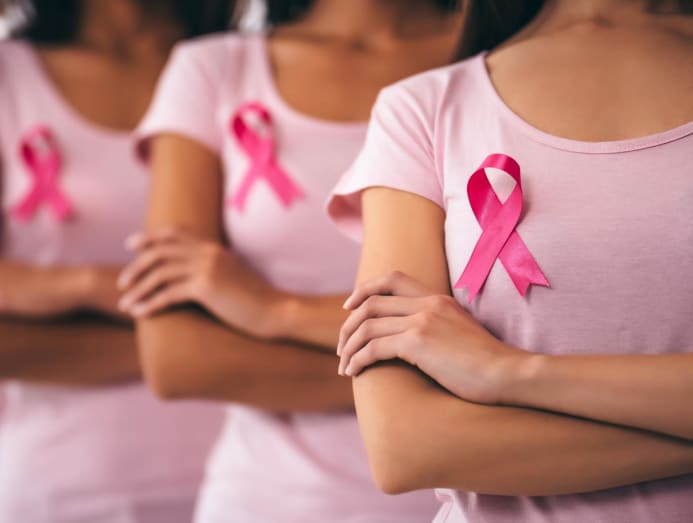
However, nobody has the answer to ‘why’, though Dr Hu shared some research. “Breast cancer in young women is frequently familial, and about half of the women with breast cancer younger than age 30, harbour a mutation in BRCA1, BRCA2 or TP53 genes.”
Q: I’M CURRENTLY BREASTFEEDING. THIS LUMP MUST BE BREASTFEEDING-RELATED… RIGHT?
While it is true that most breast lumps discovered during breastfeeding are related to breastfeeding, not all are. See a doctor if the lump persists for more than a week.
WOMEN IN THEIR FORTIES
Q: ARE MOLE-LIKE GROWTHS ON THE SKIN OF THE BREAST ANY CAUSE FOR CONCERN?
These are usually due to age-related changes of the skin, said Dr Hu. “They are usually harmless and not an indication of breast cancer. However, it is best to see a doctor for any concerns.”
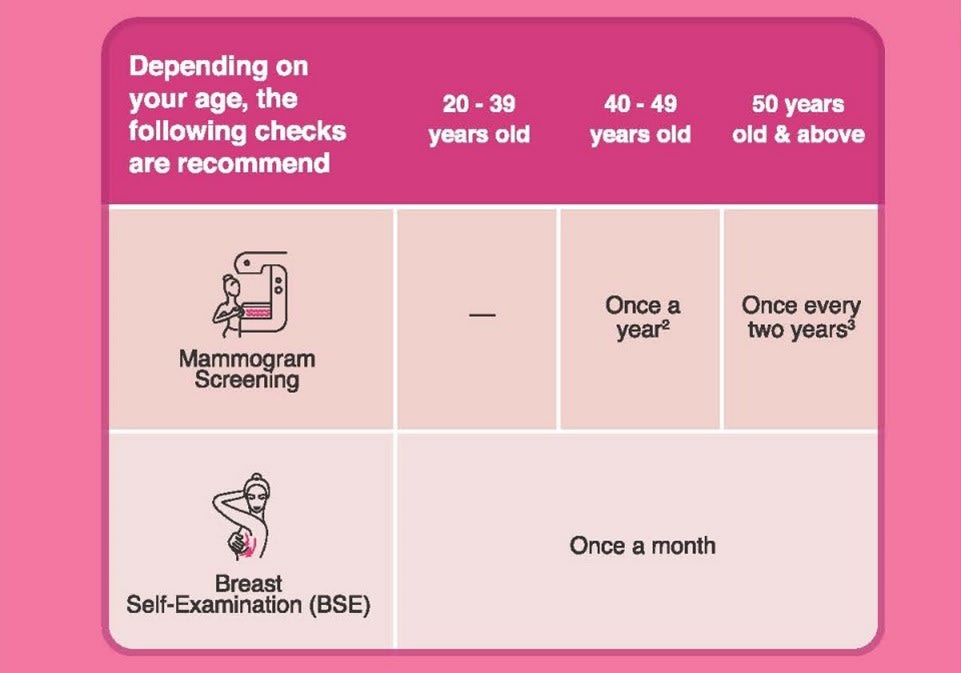
Q: WHAT MORE CAN BE DONE TO SPREAD AWARENESS AMONG WOMEN 40 AND ABOVE?
Education should target both women and men. “Ladies, take charge of your health and start yearly screening mammogram,” advised Dr Hu. “Men: Please remind your ladies to start screening.”
Screening allows for early detection. And early detection means less treatment – some may even avoid chemotherapy – with less side effects of treatment, and a better outcome. “Breast cancer treated at early stage has more than 90 per cent survival rate,” said Dr Hu.
WHAT CAN WOMEN DO TO REDUCE THEIR CANCER RISK?
Dr Jesse Hu, a breast and endocrine surgeon from Mount Alvernia Hospital, says taking these four small, consistent steps will help.
- Maintain a healthy weight. “Obesity is associated with higher cancer risk and risk of cardiovascular related diseases,” she said.
- Keep active. “Aim to achieve at least 150 minutes of moderate physical activity per week.”
- Watch your diet and lifestyle. “Avoid red meat, alcohol and smoking.” Smoking, alone, can cause cancer almost anywhere in the body so never take a puff, or quit.
- Start regular screening. Early detection can mean the difference between life and death, your treatment options should you be diagnosed with breast cancer, and the quality of life post-surgery.
Q: MY RECENT MAMMOGRAM WAS NORMAL. SO THIS LUMP CANNOT BE CANCEROUS, RIGHT?
Although it is important to do a mammogram regularly, mammograms, like all investigations, are not foolproof.
Dr Hu warned that mammograms can miss about 20 per cent of cancers at the time of screening. “Hence, it is important to have regular breast self-examination and see a doctor for any concerns,” she said.
WOMEN IN THEIR FIFTIES AND SIXTIES
Q: HOW DOES BREAST CANCER TREATMENT AFFECT A PATIENT’S LIFESTYLE? HOW DIFFERENT IS IT FOR A YOUNGER WOMAN COMPARED TO SOMEONE IN MIDLIFE?
Breast cancer treatment differs for everyone. It will depend on your tumour subtype, stage, age and so on. “We tend to be more aggressive in our treatment protocol for younger women as younger women tend to develop more aggressive cancer,” said Dr Hu.
One thing to note: Breast surgery itself does not affect the patient’s lifestyle. However, the chemotherapy drugs and endocrine therapy may cause patients to have early menopause.
Q: WHAT ARE THE COMMON FEARS OF WOMEN WHO HAVE HAD PARTS OF THEIR BREASTS REMOVED BECAUSE OF BREAST CANCER?
Many women are naturally worried about losing their breasts and identity due to breast cancer. “I always tell my patients that they will be able to wear the same bra and same clothes they are wearing before and after surgery, and most people will not know that they had breast cancer surgery,” said Dr Hu.
Furthermore, with the aid of oncoplastic surgery – an approach whereby surgeons combine the removal of tumours and plastic surgery techniques to better conserve the breast – surgeons are now also able to achieve better aesthetic outcomes.
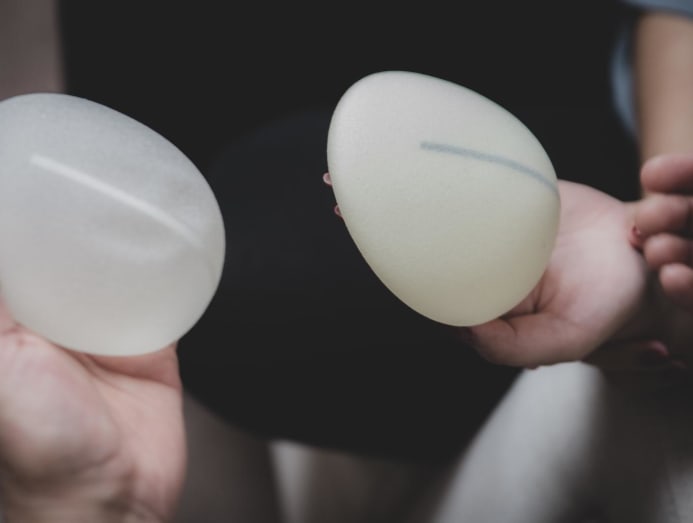
For example, surgeons use mastopexy (breast lift) and mammoplasty (breast reduction) techniques to remove the cancer and make the breast look “younger, rounder and perkier”.
“For those who choose to have mastectomy (whole breast removal), there is also the option of immediate reconstruction where the overlying skin of the breast and the nipple are preserved and only the breast tissue is removed,” added Dr Hu.
WOMEN IN THEIR SEVENTIES
Q: I’M 70 YEARS OLD. SHOULD I STILL GO FOR MAMMOGRAMS?
Some organisations say that women should stop screening when they are 70. Others recommend that screening continue as long as the woman is in good overall health, and if she is expected to live another 10 years or more.
“As cancer increases with age and early detection means better outcome, it is best to discuss with your doctor regarding the pros and cons of screening based on your health,” said Dr Hu.
Read this year’s breast cancer stories by CNA Women:
CNA Women is a section on CNA Lifestyle that seeks to inform, empower and inspire the modern woman. If you have women-related news, issues and ideas to share with us, email CNAWomen [at] mediacorp.com.sg (CNAWomen[at]mediacorp[dot]com[dot]sg).


